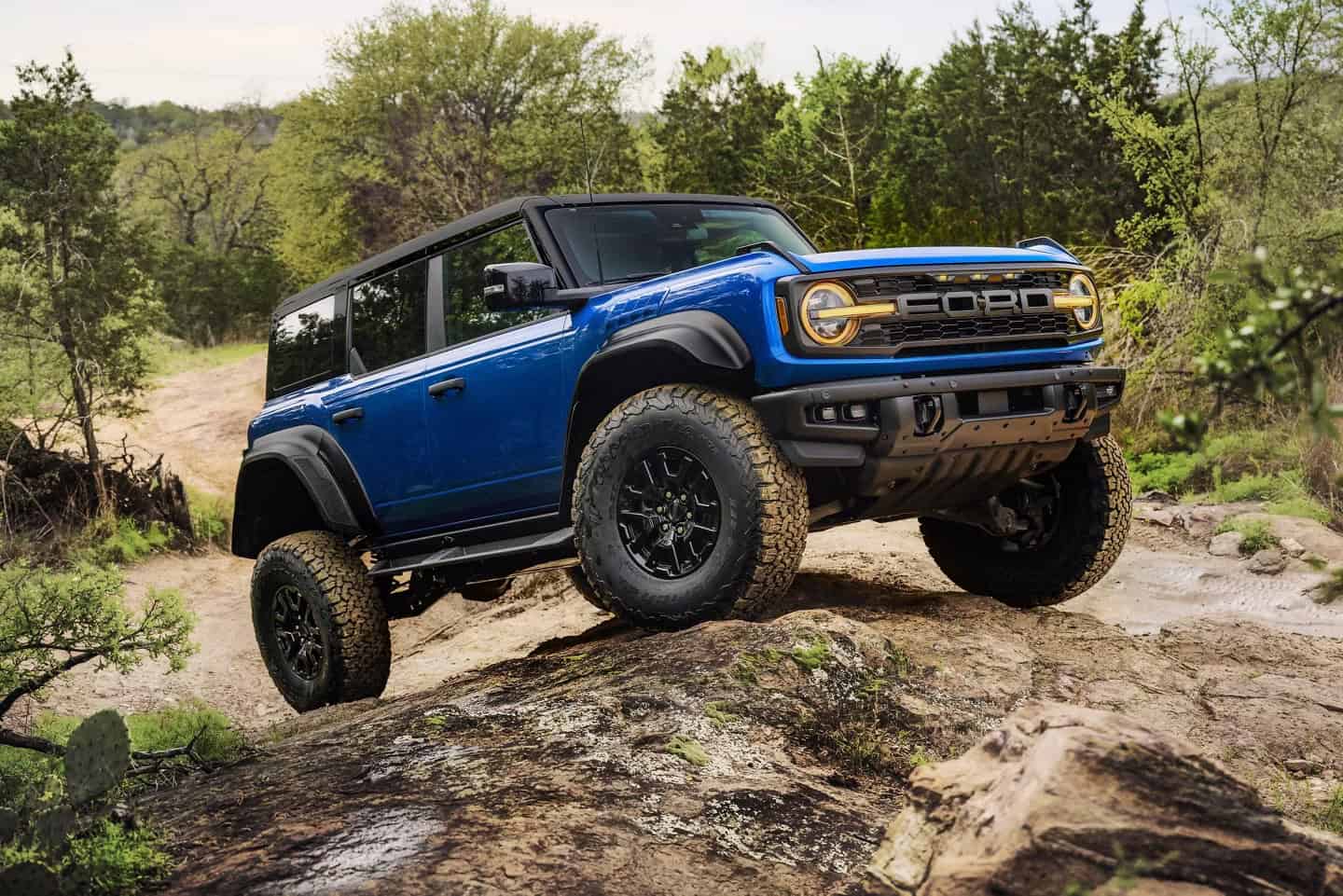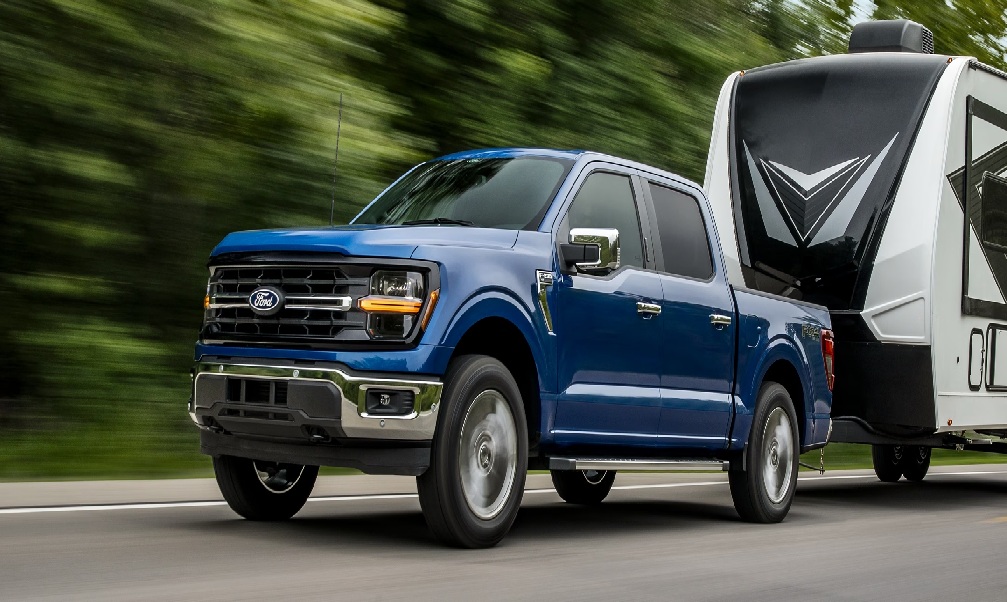The Ford Bronco, an iconic off-road vehicle, has seen numerous engine options throughout its generations. Let’s explore the various powerplants that have propelled the Bronco from its inception in 1966 to its latest iteration in 2025. We’ll delve into the specifications, performance, and significance of each engine option across the different generations of this beloved SUV.

First Generation (1966-1977)
The first-generation Bronco was introduced as a compact SUV to compete with the Jeep CJ-5 and International Harvester Scout. It offered several engine options over its production run:
170 cubic inch (2.8L) Straight-6
- Power: 78 kW (105 hp)
- Torque: 197 Nm (145 lb-ft)
- Years Available: 1966-1973
This base engine was adequate for daily driving but lacked the power for serious off-roading. It was the most fuel-efficient option but was eventually phased out due to demand for more powerful engines.
200 cubic inch (3.3L) Straight-6
- Power: 89 kW (120 hp)
- Torque: 223 Nm (165 lb-ft)
- Years Available: 1973-1977
This engine replaced the 170 cubic inch six-cylinder, offering more power and torque for improved performance.
289 cubic inch (4.7L) V8
- Power: 149 kW (200 hp)
- Torque: 382 Nm (282 lb-ft)
- Years Available: 1966-1968
The first V8 option for the Bronco, this engine significantly improved performance and made the vehicle more capable off-road.
302 cubic inch (4.9L) V8
- Power: 153 kW (205 hp)
- Torque: 407 Nm (300 lb-ft)
- Years Available: 1969-1977
This engine became the standard V8 option for the Bronco, offering robust power and torque for both on and off-road driving.
Second Generation (1978-1979)
The second-generation Bronco saw a significant size increase, moving to a full-size SUV platform based on the F-Series trucks. This generation was short-lived but introduced new engine options:
351 cubic inch (5.8L) Windsor V8
- Power: 116 kW (156 hp)
- Torque: 352 Nm (260 lb-ft)
- Years Available: 1978-1979
This became the standard engine for the second-generation Bronco, offering a good balance of power and efficiency for the larger vehicle.
400 cubic inch (6.6L) Cleveland V8
- Power: 119 kW (160 hp)
- Torque: 372 Nm (275 lb-ft)
- Years Available: 1978-1979
This larger V8 option provided more torque for towing and off-road use, though it was less fuel-efficient.
Third Generation (1980-1986)
The third-generation Bronco continued on the full-size platform but saw significant changes in engine offerings due to increasing fuel economy standards:
300 cubic inch (4.9L) Straight-6
- Power: 86 kW (115 hp)
- Torque: 305 Nm (225 lb-ft)
- Years Available: 1980-1986
This inline-six engine was introduced as a more fuel-efficient option, providing decent torque for everyday use.
302 cubic inch (4.9L) Windsor V8
- Power: 101 kW (135 hp)
- Torque: 325 Nm (240 lb-ft)
- Years Available: 1980-1986
The 302 V8 returned with lower power output due to emissions regulations, but it still performed well for the time.
351 cubic inch (5.8L) Windsor V8
- Power: 112 kW (150 hp)
- Torque: 352 Nm (260 lb-ft)
- Years Available: 1980-1986
This larger V8 option continued to be available for those needing more power and towing capacity.
Fourth Generation (1987-1991)
The fourth-generation Bronco saw further refinements and the introduction of fuel injection across the engine lineup:
300 cubic inch (4.9L) Straight-6
- Power: 108 kW (145 hp)
- Torque: 359 Nm (265 lb-ft)
- Years Available: 1987-1991
Now, with fuel injection, this engine saw improved power and efficiency.
302 cubic inch (4.9L) Windsor V8
- Power: 138 kW (185 hp)
- Torque: 366 Nm (270 lb-ft)
- Years Available: 1987-1991
The addition of fuel injection significantly improved the performance of this V8 option.
351 cubic inch (5.8L) Windsor V8
- Power: 157 kW (210 hp)
- Torque: 407 Nm (300 lb-ft)
- Years Available: 1987-1991
This top-tier engine option provided ample power for towing and off-road use.
Fifth Generation (1992-1996)
The final generation of the original Bronco run saw further refinements to the existing engine lineup:
300 cubic inch (4.9L) Straight-6
- Power: 112 kW (150 hp)
- Torque: 359 Nm (265 lb-ft)
- Years Available: 1992-1996
This reliable workhorse continued as the base engine option.
302 cubic inch (4.9L) Windsor V8
- Power: 149 kW (200 hp)
- Torque: 366 Nm (270 lb-ft)
- Years Available: 1992-1996
Now badged as a 5.0L engine, this V8 saw further improvements in power and efficiency.
351 cubic inch (5.8L) Windsor V8
- Power: 157 kW (210 hp)
- Torque: 407 Nm (300 lb-ft)
- Years Available: 1992-1996
The largest engine option continued to provide robust power for the final years of production.
Sixth Generation (2021-Present)
After a 25-year hiatus, the Bronco returned in 2021 with a new generation offering modern engine options:
2.3L EcoBoost Inline-4
- Power: 224 kW (300 hp)
- Torque: 441 Nm (325 lb-ft)
- Years Available: 2021-Present
This turbocharged four-cylinder engine provides impressive power and efficiency, serving as the base engine for the new Bronco.
2.7L EcoBoost V6
- Power: 246 kW (330 hp)
- Torque: 563 Nm (415 lb-ft)
- Years Available: 2021-Present
The V6 option offers substantial power and torque, making it well-suited for off-road adventures and towing.
3.0L EcoBoost V6 (Raptor)
- Power: 313 kW (420 hp)
- Torque: 597 Nm (440 lb-ft)
- Years Available: 2022-Present
Exclusive to the high-performance Bronco Raptor, this engine provides exceptional power for extreme off-road use.
Performance and Efficiency Comparison
To put these engines into perspective, let’s compare the performance and efficiency of a few key models across generations:
- 1966 Bronco with 289 V8:
- 0-100 km/h: Approximately 11 seconds
- Fuel Economy: Approximately 14 L/100km combined
- 1979 Bronco with 351 V8:
- 0-100 km/h: Approximately 12 seconds
- Fuel Economy: Approximately 18 L/100km combined
- 1992 Bronco with 5.8L V8:
- 0-100 km/h: Approximately 9.5 seconds
- Fuel Economy: Approximately 16 L/100km combined
- 2025 Bronco with 2.7L EcoBoost V6:
- 0-100 km/h: Approximately 6.5 seconds
- Fuel Economy: Approximately 11 L/100km combined
These figures demonstrate the significant improvements in performance and efficiency over the years. Modern Broncos offer better acceleration and fuel economy despite being larger and heavier than their predecessors.
The Evolution of the Ford Bronco Engine
The Ford Bronco engine options have evolved significantly over its six generations. From the initial focus on increasing power and displacement to the modern emphasis on efficiency and technology, each generation reflects the automotive trends and requirements of its time.
The early Bronco engines provided adequate power for off-road use, while later generations saw increases in power and torque to match the vehicle’s growing size and capabilities. The current Bronco generation marks a return to smaller displacement engines, but with turbocharging technology providing power levels that surpass many of the larger engines from previous generations.
This evolution showcases an ability to adapt the Bronco to changing market demands while maintaining its core identity as a capable off-road vehicle. Whether it’s the nostalgic rumble of a classic V8 or the high-tech power delivery of a modern EcoBoost engine, the Bronco continues to offer engine options that cater to a wide range of preferences and uses.



